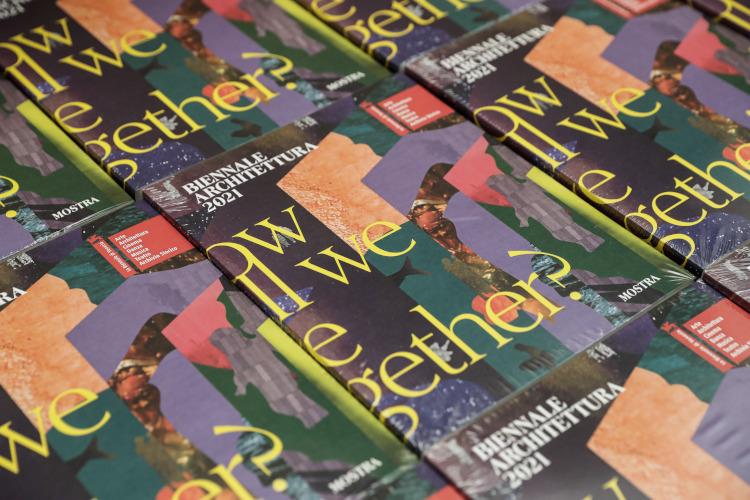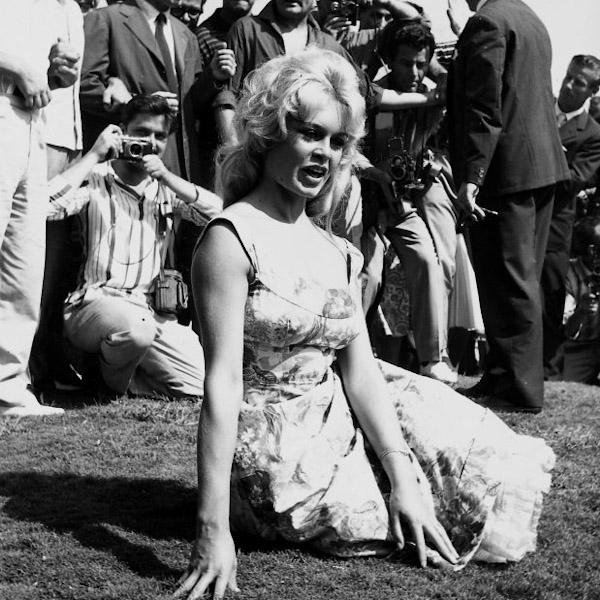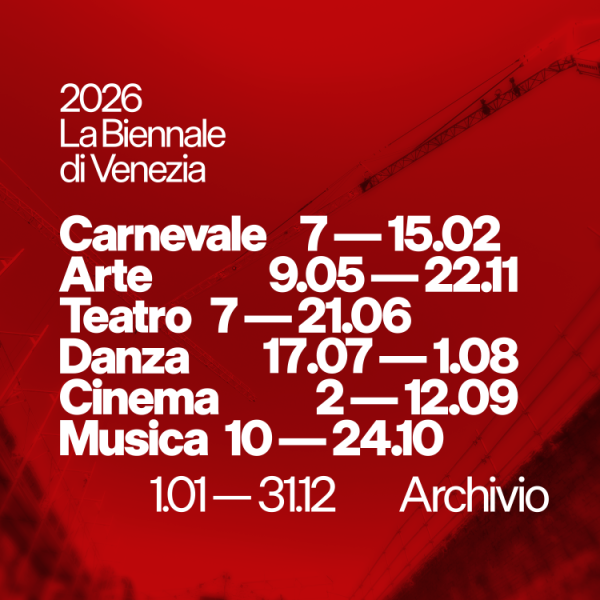Particularly interesting and successful, now available online on the Biennale Store, are the two invaluable Annuari, the directories that for the first time gather all the data since their foundation of the two La Biennale events that have made world history in their disciplines, the International Art Exhibition and the Venice International Film Festival.
In particular, the volume Esposizione Internazionale d’Arte, La Biennale di Venezia, 1895-2019 gathers the data of all the editions from 1895 to 2019, publishing information drawn exclusively from the official sources of La Biennale di Venezia. The book is divided into three chapters for consultation in chronological and alphabetical order. The first section gathers the institutional information relative to each edition: the commissioners, the awards juries, the sections, the artists, the main installations, the new pavilions built each year and the awards. The second chapter publishes the official posters and a selection of photographs that portray the installations, and chronicle the events. In the last part, the participating artists are listed in alphabetical order by surname, specifying the year and the section they participated in.
The volume Mostra Internazionale d’Arte Cinematografica, La Biennale di Venezia, 1932-2019 collects the data on all the film festivals organized by La Biennale from 1932 to 2019, relating or reconstructing the information about the structure and composition of the Venice Film Festival year after year, section after section. All the information is drawn from official sources from the time of each festival, conserved in the Historic Archives of La Biennale di Venezia. The book consists of three parts for consultation in chronological or alphabetical order. The first part lists the film festivals in chronological order, and gathers the institutional information about each festival, the juries, the awards, the sections and the films. The second part lists the films in alphabetical order by title. The third part lists the directors in alphabetical order by surname, followed by the year of participation in the Festival.



